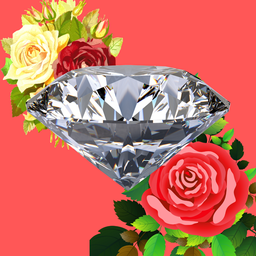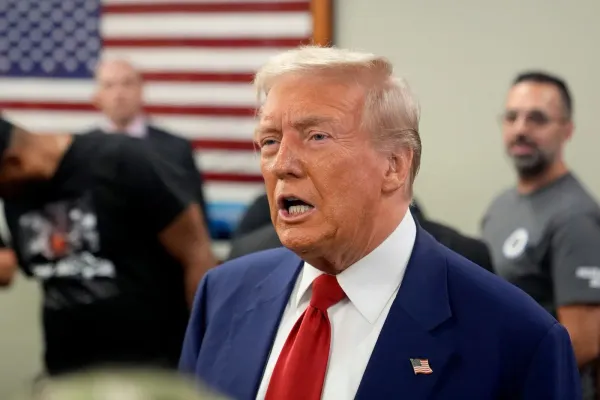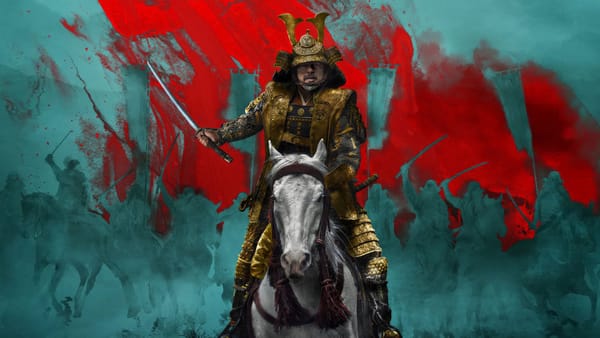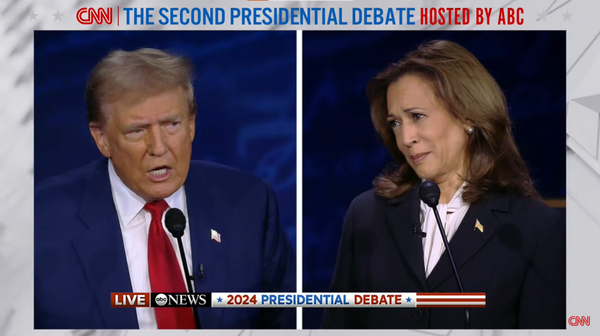The Roots of Gikuyu Culture
The Gikuyu believed that departed spirits of the ancestors could be reborn in the newborn children.
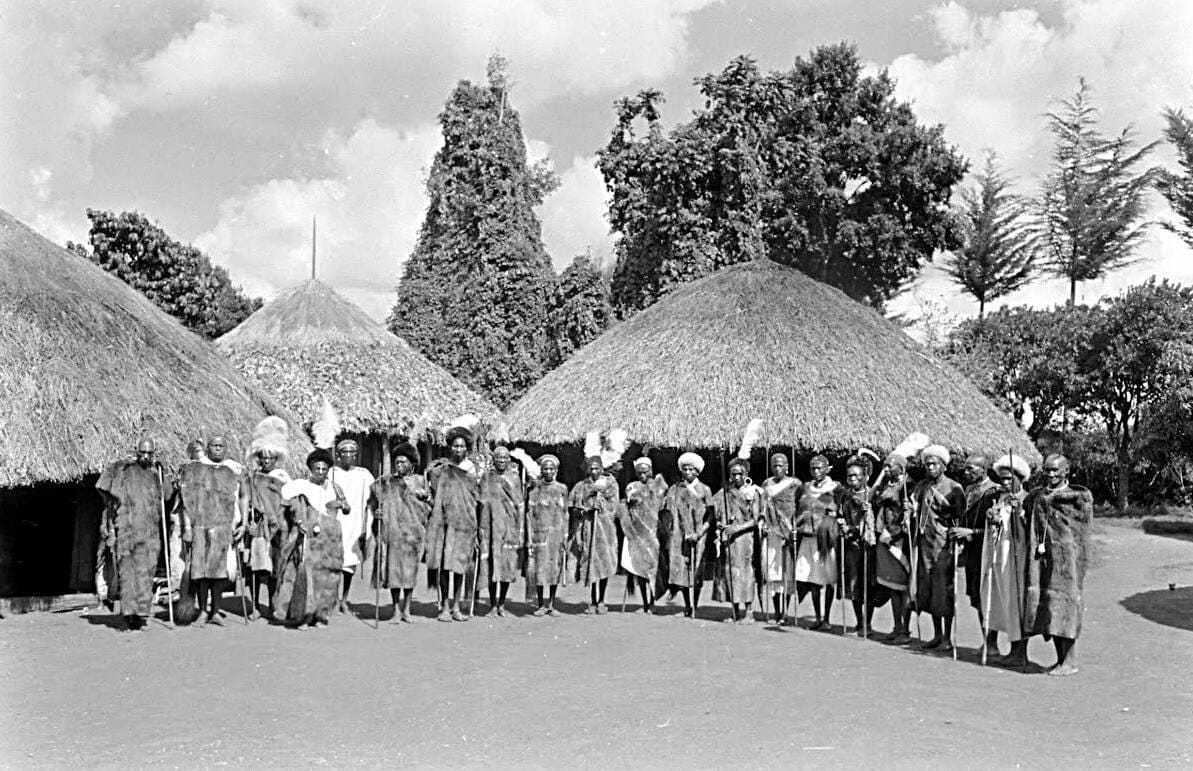
Gikuyu Worship and Religion
The Gikuyu had different names for God, including ‘Ngai,’ ‘Murungu,’ ‘Mwene Nyaga,’ ‘Mwene Ndi’ (Thi), ‘Kithuku,’ and many more. Of these names, Ngai was habitually used. Ngoma alluded to the departed spirits. The word ‘ngoma’ is from the term ‘Koma/Gukoma’ (to sleep) and is literary construed as Aria Mari Thi (Those on the ground). It refers to the belief that when someone died, their spirit went to the earth‘s bowels.
Although in another world, these ancestors could notwithstanding be invoked, conversed with, and adjured to in the homestead at any time of the day or night. The epithet ‘Mwathani’ or ‘Mwathi’ (The most eminent ruler) comes from the word ‘Gwatha,’ meaning to prevail or reign with authority; was and is still used.
Prayer in the Gikuyu Culture
Around the sacred ‘Mugumo,’ Gikuyu would ask, request, implore, thank, and invite God for help or blessings. ‘Ihoero,’ derived from ‘Hoya,’ which means to implore, request, or invite, was used to mean the place of asking, that is, around the Sacred ‘Mugumo.’
The Role of the Mugumo Tree in the Roots of Gikuyu Culture
The Gikuyu performed all sacrifices to Ngai under a ‘Mukuyu’ (sycamore tree). If one was not available, the Mugumo (fig tree) would be used. The ‘Mutamaiyu’ (olive tree) was a sacred tree for women. The Gikuyu held a belief in the interconnection of everything in the universe. To them, everything had an inner spiritual force, where the vital force came from Ngai, who was the supreme being and ‘Mugai’ (giver) of life (force).
The Order of the Amount of Life Force as Part of Gikuyu Culture
To the Gikuyu, there was an order about the quantity, that is, the amount of life force, as follows:
- Ngai or Mugai
- First Parents who were Gikuyu and Mumbi.
- Ancestors who inherited from the first parent.
- Immediate dead.
- The eldest in the community; hence he performed the necessary rites when offering sacrifices.
- Parents.
- Children.
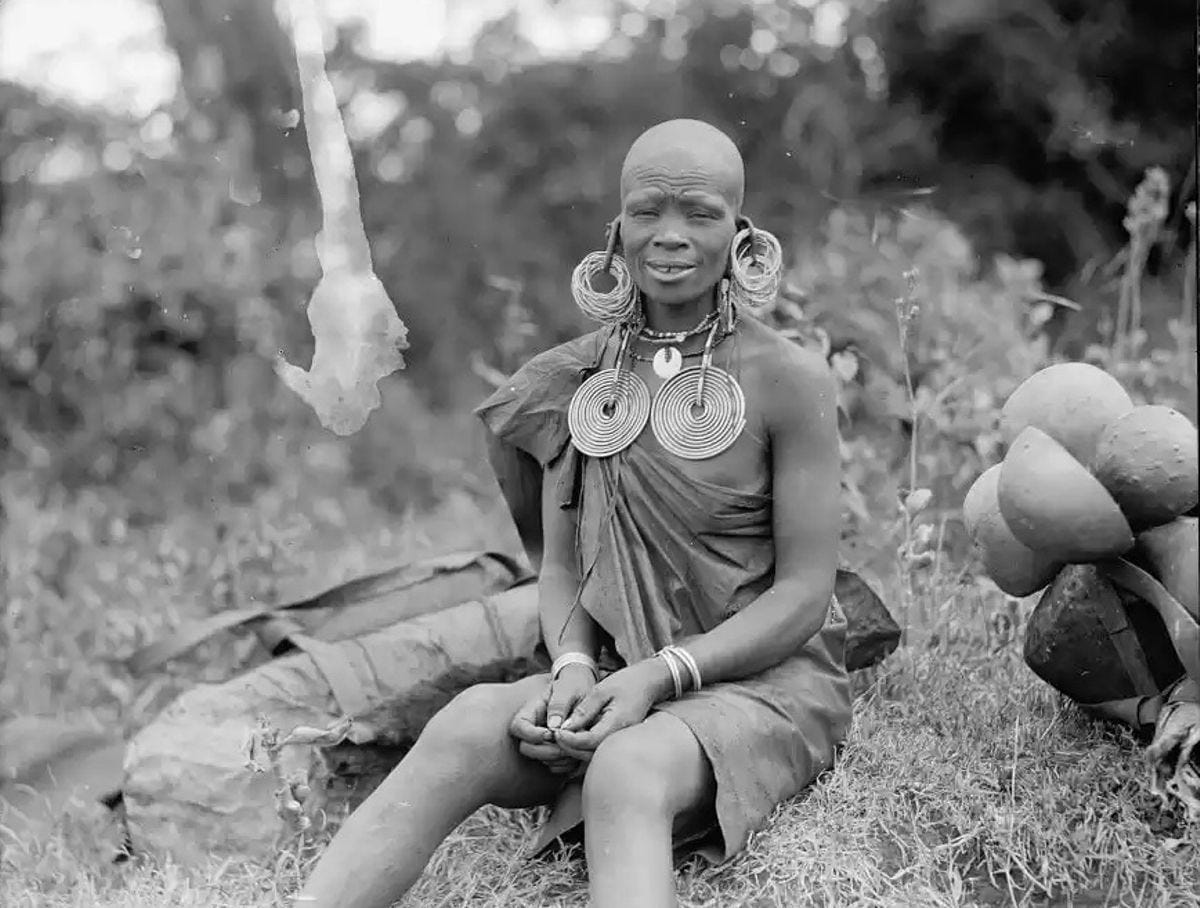
Read more on the Gikuyu Marriage System here
Life After Death in the Gikuyu Culture
The Gikuyu believed that departed spirits of the ancestors could be reborn in the newborn children. Hence birth rites were necessary. They believed that some people in the community possessed the power to manipulate the inner force in all things. This could be done by either increasing the well-being of a person’s spirit, by an individual called a ‘Mundu Mugo’ (medicine man), or by diminishing a person’s life force by an individual referred to as a ‘Murogi’ (witch doctor).
They believed that ordinary items could have their spiritual powers increased such that they protect a person against those bent on diminishing a person’s vital life force. Such an item with such powers was called ‘Githitu.’ Thus, their philosophy of religion and life, in general, was anchored on the understanding that everything in the universe has an interlinked force that we do not see.
Do you think that everything in the universe has an interlinked force?
Worship in the Gikuyu Culture
In Gikuyu Worship, Deity Worship, Communion with Ancestors, and Sacrificial Practices were the three major parts.
- In Deity Worship, there was ‘Guthathaiya Ngai’ (to beseech/worship Ngai).
- In Communion with Ancestors, there was ‘Guitangira Ngoma Njohi’ (to pour out or to sprinkle beer for spirits).
- In Sacrificial Practices, there was ‘Kuruta Magongona’ (to offer/to perform ceremonies and sacrifices or rituals).
The following is an example of the kind of prayers that were offered up at public assemblies.
‘Kurathimithia’: Asking for Blessings as Part of Gikuyu Culture
The following were the rituals used to ask for blessings. An elder spoke the first part, and the assembly made responses as follows.
Elder: ‘Ugai kiama kiroiguana’: Say that the elders may have wisdom and speak with one voice.
Assembly: ‘Thaithayai Ngai Thaai’: Praise God. Peace be with us.
Elder: ‘Ugai bururi uroagirira na andu maroingiha’: Say that the country may have tranquility and that people may increase.
Assembly: ‘Thaithayai Ngai Thaai’: Praise God. Peace be with us.
Elder: ‘Ugai andu na mahiu marogia uhoro’: Say that people, flocks, and herds may prosper and remain healthy.
Assembly: ‘Thaithayai Ngai Thaai’: Praise God. Peace be with us.
Elder: ‘Ugai migunda irogia irio na ithaka irokiria kunora’: Say that fields may bear much fruit and that land may remain fertile.
Assembly: ‘Thaithayai Ngai Thaai’: Praise God. Peace be with us.
(Quoted from Facing Mount Kenya by Jomo Kenyatta Page 238-239)
Seasonal Rituals in Gikuyu Culture
There were elders known as ‘Kiama Kia Maturanguru’ (elders of fourth grade) who summoned ‘Arathi’ (seers) to ask for any message and instruction, and later interceding to Mwene Nyaga concerning causes of no rain or signs of drought whatsoever.
Different rituals were performed during different seasons as follows:
- Planting Season.
- Purifying the Crops Season.
- Harvesting Season.
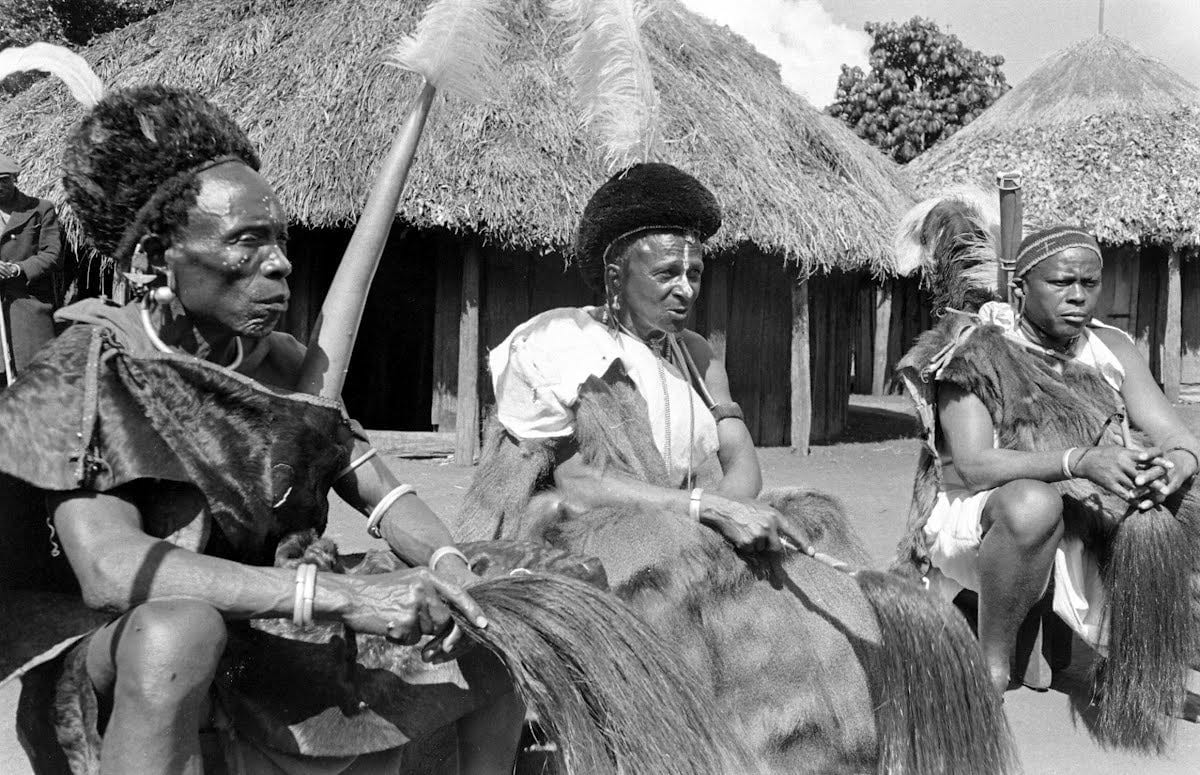
Read more on the Gikuyu Tribal Organization here
The Recognition of Ancestral Spirits as Part of the Roots of Gikuyu Culture
The Ancestral Spirits were recognized in three main groups:
- ‘Ngoma cia Aciari’ (Spirits of the Father and Mother), which advised and reproached children.
- ‘Ngoma cia Muhiriga’ (Clan Spirits), which had an interest in the welfare and prosperity of the clan.
- ‘Ngoma cia Riika’ (Age Group Spirits), which were concerned with age group activities and tribal affairs at large.
Religious Items in the Gikuyu Culture
Some of the physical religious items used during different rituals included:
- ‘Kanya ka Igongona’ (Small Ceremonial Calabash).
- ‘Ng’ombe ya Igongona’ (Ceremonial Cow); These two were used when performing rituals to ask for rain from ‘Mwenye Nyaga.’
- Herbs, e.g., ‘Makori’ (acts as protection against insects), ‘Mukenia’ (has a smell which gives pleasure), and ‘Mukengeria’ and ‘Muhoroha’ (used for maintaining peace); which were used during the ceremony of purifying the crops.
- ‘Macoro ma Ita’ (war horns), used in the battle against malicious spirits.
- ‘Ndua’ (fermenting calabashes), which were used to ferment the beer used during the Communion with Ancestors.
Compiled from:
- The Sacred Mugumo Tree: Revising the Roots of Gikuyu Cosmology and Worship.
- Philosophy of the Traditional Kikuyu Religion.
- Facing Mount Kenya by Jomo Kenyatta.


